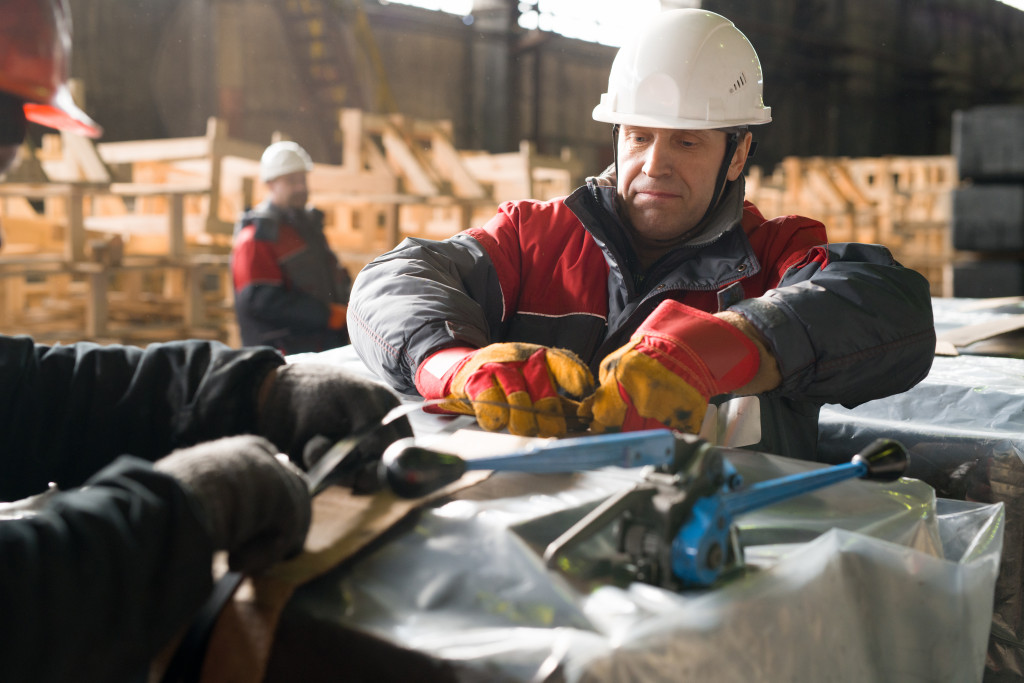The International Labor Organization’s department of Occupational Safety and Health identified the occupations with the most hazardous conditions, known as “3D” or “dirty, difficult, and dangerous” jobs. These are occupations in the agricultural, construction, and mining industries.
Workers in these industries have the highest risk of getting into accidents while on the job since they constantly use power tools and other equipment that may injure them temporarily or even permanently. During such events, they may obtain the help of a social security claims attorney from Salt Lake City or any other location. In addition to the workers’ compensation, social security claims ensure that a disabled worker continues to have a source of income.
That said, let’s discuss the safety hazards prevalent in the industries above, and how to protect yourselves from them.
Agricultural Industry
1. Hazardous Equipment and Machinery
Farmworkers routinely use cutting tools, climb ladders, and run machines to perform their jobs. When mishandled, cutting tools and machines may severely injure the user. In some instances, it’s the tools and machines themselves that aren’t in good condition, hence harming their users. Ladders, meanwhile, pose fall risks.
As such, workers must wear personal protective equipment (PPE) at all times. They must keep their hair tied and check for any loose ends in their clothing that may get caught in machines. Their work area must always be well-lit to prevent trips and falls caused by unseen obstructions.
2. Musculoskeletal Injuries
Agricultural workers regularly make repetitive motions, which can cause muscle strains and other musculoskeletal injuries. These motions include the routine lifting, pushing, and pulling of heavy equipment. The constant tension in the musculoskeletal system may potentially lead to crippling conditions, such as osteoarthritis.
Ergonomic protection and proper protective tools, such as padding on power tools to reduce vibration, are recommended to minimize the risks of developing musculoskeletal injuries. It’s also best to engage less in tasks that require repetitive motions and awkward positions.
Construction Industry
1. Fall Hazards
Ladders, scaffoldings, and trenches pose fall risks to construction workers. Along with wearing PPEs, using aerial lifts and elevated platforms is recommended to enhance safety in heights. Workers must also ensure that their equipment is sturdy and stable, so they won’t suddenly collapse while in use.
2. Electric Shock
Electricians, welders, and other workers who handle electric tools are the most exposed to the risk of electric shock. The electrical components of a construction project must be well-maintained, and of course, workers must always don PPEs that insulate electricity.
3. Struck-by Accidents
A working crane may strike a construction worker, rendering serious injuries, especially if it’s loaded. To prevent this scenario, workers must check the crane controls before use, inspect it for damage, and check if the weight of the load is within the crane’s limits. The worker operating the crane must be adept at it to ensure that the crane’s swing won’t strike anything or anyone on site.
Mining Industry

1. Fires and Explosions
Internal combustion engines, electrical equipment, and explosives are used by miners every day. Injuries caused by them can be fatal and large-scale.
2. Flood
Floods in mining fields are either intentional or not. In the case of the latter, these could be due to explosives that unexpectedly resulted in an inrush of water, drowning miners who were still underground.
Despite the efforts of the mining industry to improve its safety measures, mining continues to be a highly dangerous job, not to mention a controversial one. Safety experts urge mining companies to switch to safer methods that’ll benefit both miners and the planet.
If you work in any of these industries, your vigilance is crucial because being disabled may mean that you can no longer support your family. Follow safety protocols, and boost your health, too, so your body will be more resilient.
